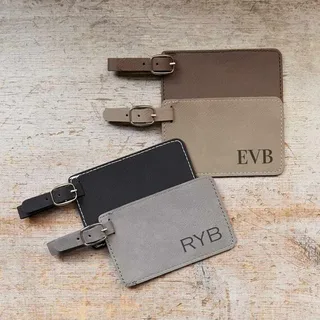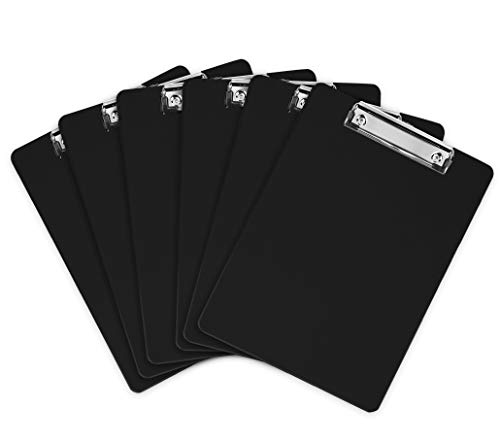Cooler bags have become an essential item for those who enjoy outdoor activities, commute with food, or want a convenient way to transport perishable items. They even become quite an easily convenient way to carry perishable items. When you are going out to a picnic, for a day at the beach, or simply taking some lunch for work, a cooler bag enables you to make transportation a little more practical and fashionable. With so many coolers in the market, knowing what to look for when it comes to purchasing a cooler bag is actually essential. This guide will explain the key things to consider when making an informed purchase.
Types of Cooler Bags
Before getting into the features of cooler bags, it’s important to know that there are different types available to cater to different needs:
Soft-Sided Cooler Bags
Light in weight, flexible, and easy to carry, soft-sided cooler bags are marvelous for short trips or daily use, such as taking lunch or dinner. They fold down when not in use, making them ideal for someone needing portability and a space-saving feature.
Hard-Sided Cooler Bags
Hard-sided coolers are tougher and more solid than soft-sided coolers. When it comes to insulation and protection, they excel over soft-sided coolers but keep your things and products safe. They typically come larger and heavier for camping, fishing, or even longer outdoor activities. Nevertheless, due to their size, they are not very convenient for everyday use.
Backpack Cooler Bags
Backpack cooler bags are highly loved by those who trek, bike, or just anyone who needs free hands to carry their food and water. They are a combination of a backpack and a cooler, making them excellent for outdoor enthusiasts.
Personalized Cooler Bags and Promotional Cooler Bags
If you’re looking for something more unique or branded, you can opt for personalized cooler bags or promotional cooler bags. Depending on the need, these bags can even be personalized with your name, brand, or logo, which makes them perfect for corporate giveaways, team-building events, or personal gifts. A customized cooler bag imparts some uniqueness; at the same time, if ordered for promotional purposes, it’ll enhance the visibility of the branding.
Key Factors to Consider Before Buying
1. Size and Capacity
The size and capacity of a cooler bag play one of the most important roles when deciding on the purchase of the cooler bag. Coolers come in varying sizes, from small personal lunch bags to large coolers that can handle food and drinks for an entire family.
Before you decide to purchase one, consider how many food items or beverages you have to carry along. If you only require a cooler for personal use, then maybe a simple, personalized cooler bag is enough. When the party or event is large and long enough, you would probably want to have a cooler that would hold several items such as soft drinks, sandwiches, fruits, and even ice packs.
Manufacturers also list the capacity, usually in liters, or the number of cans it can hold. Overfilling the bag is likely to compromise the effectiveness of its insulation.
2. Durability of Materials
A cooler bag’s durability will largely depend on the material. Most cooler bags are made of a combination of fabrics, which are polyester, nylon, or vinyl, and each boasts different levels of water resistance, tear resistance, and strength.
- Polyester and Nylon: Polyester and Nylon are the main materials used for soft-sided cooler bags. Polyester and nylon are lightweight, resilient, and resistant to wear and tear, so they can be used daily.
- Vinyl: Some cooler bags use vinyl as their lining or outer layer. Vinyl is water—and stain-resistant, which makes cleaning it easy.
- PVC-Free Materials: If you are an environmentally aware consumer, get cooler bags made of PVC-free materials for safer environments and food storage.
When you want to use the bag for many hours on camping and trips, make sure that the seams and zippers are strong enough and airtight.
3. Portability and Design
Another point is portability, as this would matter if you are to travel long distances or carry the bag for long periods of time. The portability of a cooler bag depends on the design as well, so do not hesitate to look at the straps and handles. The typical coolers have padded shoulder straps or even wheels to allow one to move with ease.
Fourth, design and style. Do you want one with a modern, sleek design or a rough, outdoorsy look? You can even opt for personalized cooler bags to represent your personal style or brand. Cooler bags come in different colors and patterns so that you can easily find one that suits your preference or brand.
4. Water resistance and leak-proofing
Accidents happen, and spills can arise during the transportation of food and drinks. So, it makes sense to opt for a cooler bag with a water-resistant or leak-proof lining. You surely do not want melted ice or dripping condensation leaking through the bag onto whatever it is carrying. Look for a model with sealed seams and waterproof linings to rule out any leakage.
5. Customization and Branding Options
For businesses or organizations, promotional cooler bags offer a fantastic opportunity to market your brand. You can design cooler bags that bear your company’s logo or slogan during an event, giveaway to clients, or take them for a corporate retreat.
Personalized cooler bags are not only handy but also an excellent branding opportunity. Imagine your customers going to the beach, the gym or the park with their cooler bags proudly splashing your brand on them, they’re getting free advertising with long-lasting benefits!
Why Choose Brava Marketing for Your Cooler Bag Needs
Regarding premium cooler bags, Brava Marketing specializes in the best range of customization options available, including custom cooler bags and promotional cooler bags. Along with this, Brava Marketing also provides various options for custom ear plugs. This would either mean you’re a business searching for effective, creative branding through useful, fashionable gifts or an individual looking for that perfect custom cooler bag; Brava Marketing is sure to cover it.
Brava Marketing stands out for its quality and customization. In addition to cooler bags, it offers a wide range of promotional products, including custom earplugs, pens, water bottles, and much more. With easy customization of products with your logo, colors, and messaging, you can create ever-elusive visibility for your brand.
With excellent customer service and competitive pricing, Brava Marketing is the best marketing source for all your promotional items needs.
Let’s Sum Up
Choosing the right cooler bag involves considering various factors, from insulation quality and size to durability of material and added features. Whether you are buying for personal use or as an advertisement for your business, choosing a cooler bag that meets your needs and preferences is the best way to get your money’s worth.
Remember, personalized and promotional cooler bags will serve a functional purpose while displaying your message. Thus, do not fail to try out all the options, and when in a quandary, seek trusted suppliers with high-quality, customizable solutions such as Brava Marketing.




